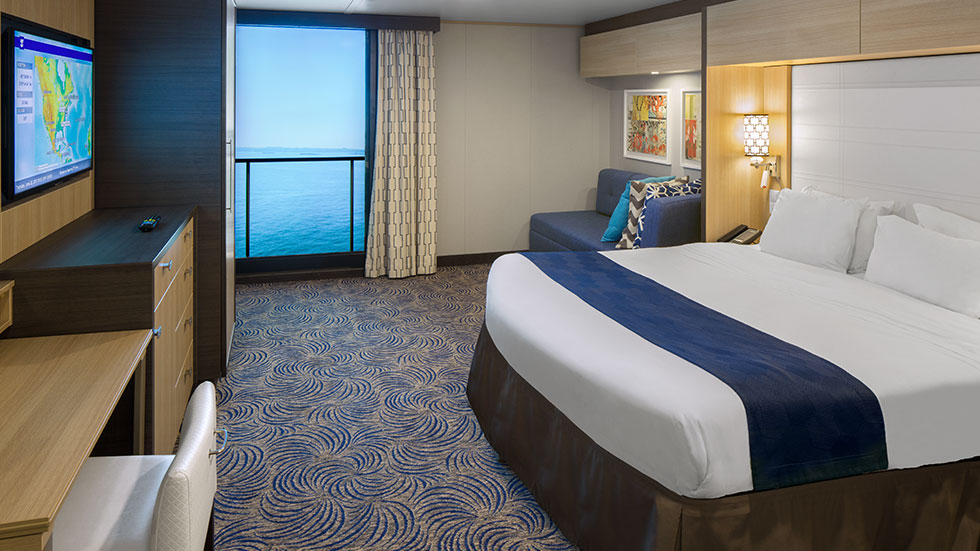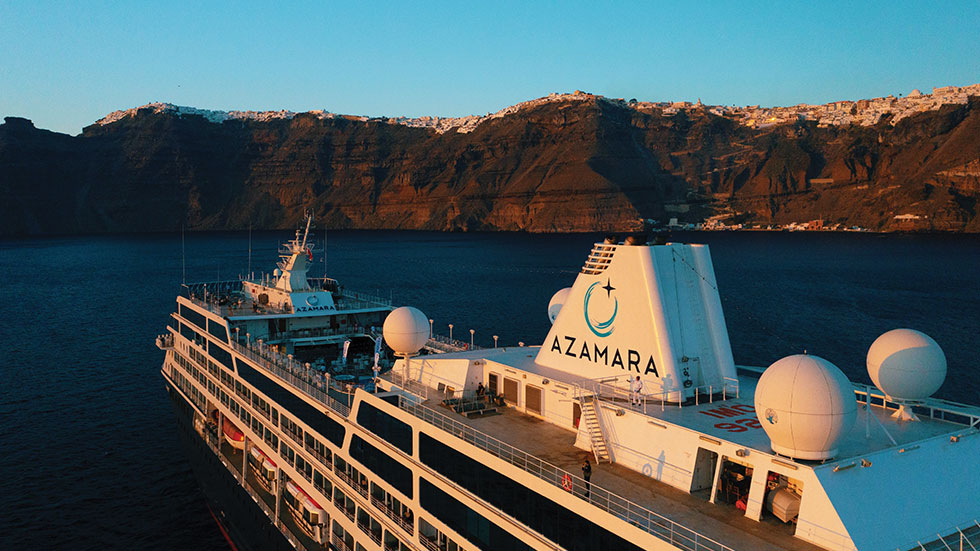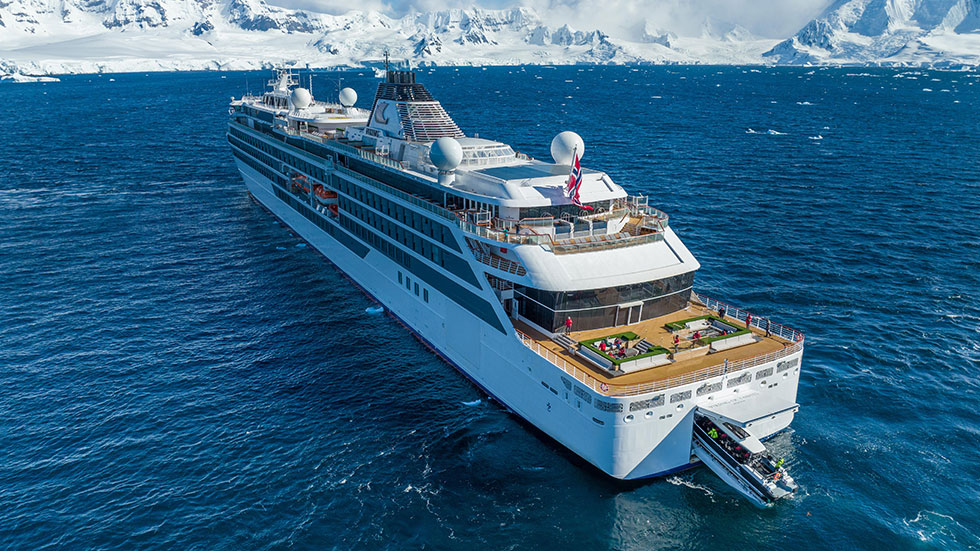
Cruise lines are taking steps to ensure cruising is more accessible to passengers with disabilities, from autism to mobility impairments. It's best to check each cruise line's website for detailed information. For example, Cunard’s website has a page dedicated to accessibility. Carnival’s website also has a page listing information for guests with disabilities, including special accommodations within their various ships. The same goes for Disney Cruise Line, Holland America Line, Princess Cruise Lines, and Seabourn.
Below are details on accessibility for six popular cruise lines.

Royal Caribbean
During sailings, Royal Caribbean International provides early boarding and complimentary wheelchair assistance for embarkation and disembarkation only. For maximum accessibility, public areas are designed wide enough for wheelchairs to make a 180° turn and there are built-in ramps throughout the ship. Additionally, most doors are built to open automatically with the touch of a button.
For those with mobility issues, Royal Caribbean provides boarding and departure assistance, accessible staterooms, lowered gaming tables in Casino Royale and a lowered Guest Relations desk. They also offer pool and whirlpool lifts, accessible seating in main theaters and lounges, and transfers using accessible vehicles. Solarium pools on most ships have stairs instead of ladders, and most ships feature accessible public restrooms with automatic entry.
Royal Caribbean also accommodates guests who have a hearing loss. Provided upon request, portable room kits include a visual-tactile alert system that provides alerts for door knocking, telephone ringing, alarm clock and smoke detector. For staterooms, the cruise line offers TTYs (Teletypewriters) that interface with the TTY at Guest Relations. Assistive Listening Systems (ALS) are in the main theater on all ships and in Studio B on Voyager, Freedom, and Oasis class ships. Other offerings extend to amplified telephones in staterooms and public areas and closed-captioning televisions in staterooms. American Sign Language (ASL) interpreting services are provided on cruises to and from the U.S. and Canada.

Azamara
From boarding to disembarking and immersing travelers in their destinations, Azamara provides complimentary wheelchair assistance. Guests are also welcome to bring their own scooter, wheelchair, or other mobility device on board; they can alternatively rent one to be delivered to their stateroom.
Azamara offers accessible staterooms and all reasonable assistance. Guests can customize their accommodations to meet specific personal needs through the online Guest Special Needs Form. Additional services include early boarding, boarding and departure assistance, and cruise transfers utilizing a specialized bus or van with a lift or ramp.
Silversea Cruises
Silversea Cruises offers a limited number of handicapped-accessible staterooms on its ships (except on some Silversea Expedition vessels). They feature bathroom grab bars, a lowered sink and stateroom vanity, roll-in showers, a fold-down shower bench and handheld showerheads. Accessible balconies vary by stateroom and refrigerators are available upon request.
Throughout their ships, Silversea assists guests with special needs via gangways that are wide enough to accommodate most wheelchairs and scooters in addition to accessible public restrooms. Features available to aid guests with visual impairments include Braille signage on public rooms, elevator buttons and audio call signals, stateroom numbers, and deck numbers on staircase handrails. For guests with a hearing loss, there are amplified phones and assistive listening systems in theaters.
Silversea offers Accessible Shore Excursions on select voyages for guests unable to negotiate motorcoach steps or for full-time wheelchair/scooter users. The transportation used on these types of shore excursions is adapted with an access ramp (or lift where available) to accommodate a limited number of mobility devices.

Viking Cruises
Most Viking river vessels, plus all of their ocean and expedition ships, have elevators. However, some ships have split-level decks and/or substantial thresholds that could make mobility difficult. In some docking locations, it may be necessary to double berth, which means crossing other ships to disembark. Motorized scooters are not typically suitable for international cruises and cannot be accommodated.
Guests who have a disability must travel with an able-bodied companion who can assist them. Guests also need to provide their own wheelchairs (except in an emergency) and must request and return a completed Accessibility Form to Viking no later than 30 days prior to departure.
Viking's expedition ships, the Viking Polaris and Viking Octantis, are equipped with the Hangar, a state-of-the-art, in-ship marina providing ease of embarkation and disembarkation on Special Operations Boats, while sheltered from the elements.
Celebrity Cruises
Celebrity Cruises has a section on its website listing what is offered for accessibility cruising, with information on boarding assistance, service animals, visual and hearing disabilities, its autism-friendly ship program, and more.
Hurtigruten
Hurtigruten’s ships are built for guests with limited mobility, but they are not recommended for guests in wheelchairs, as the expedition cruise line cannot offer them the full Hurtigruten experience, primarily with getting on and off their zodiacs. Across the fleets of Hurtigruten's two brands, only one ship doesn't have accessible cabins and elevators.
Guests with limited mobility should bring a fellow traveler who can help them. Walking poles—mainly used for landings, excursions and hikes—can be rented on board the Hurtigruten Expeditions ships at no cost.

